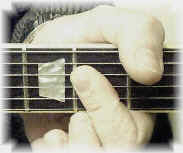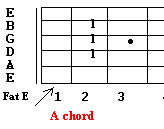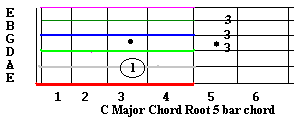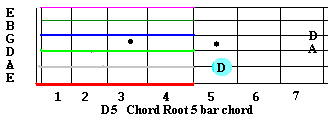 |
|

|
C chord above, played at the 3rd fret.
A major chord played at the 2nd fret in the open position. |
|
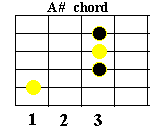


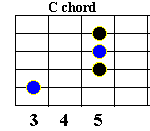
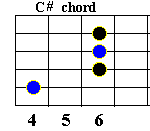
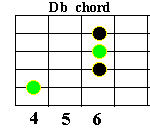

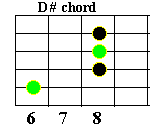
The D major chord is shown in the picture above. You can play all the major chords using this fingering pattern. This is called a root 5 A type bar chord. The chord is determined by the note on the A string or 5th string. Notice the index finger playing the 5th fret or A string and the ring finger is barring the other 3 notes. If the index finger was at the 5th fret, A string and the ring finger was barring the 3 notes on the 7th fret, we would be playing the D major chord. Move this fingering pattern to the 3rd fret and you would have the C major chord. Move it to the 2nd fret and you would have the B major chord.
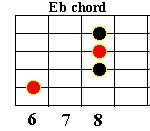

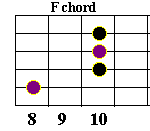
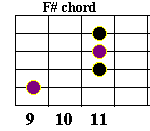

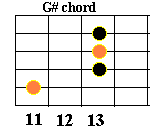


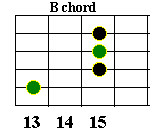
| Check out the major progression chart and begin to incorporate these chords into you rhythm guitar playing. |
Good luck,
From the Jam Room














